I don’t know about you, but geology and earth science were never the subjects that attracted me to STEM. When I was growing up, teachers were quick to pull out a box of rocks and have children stare at them class after class with a magnifying glass.
I swore I would never do this with my students as a STEM teacher–especially in a special education classroom. I needed to find a way to make earth science engaging, fun, and accessible to all my students.
Here are four earth science projects you can do in the classroom to get your kids talking about rocks and the Earth!
1. Rock Tumbling
Rock tumblers are a fun way for kids to explore different types of minerals. It’s also a good time to practice key vocabulary such as “weathering”. Using a rock tumbler, children can experience natural effects that typically take a very long time in just a few days of tumbling.
I recently used rock tumblers to teach about the effects of weathering on our environment. Children were able to search around the campus for specific types of rocks, measure their size, describe their texture, and draw a rough sketch of their specimens.
After a week in the rock tumbler, we noted the changes in the rocks: Which rocks shrunk the most? Which minerals are most susceptible to weathering? How can this affect our environment? After completion, kids can even take their rocks home!
2. Growing Crystals
Just like plants, children can observe the growth of crystalline structures right in their own classrooms! There is arguably no better way to teach the process of crystallization than by growing different types of crystals. With just a few simple ingredients, you can create beautiful crystals to examine and enjoy.
When teaching about minerals, you can use this process to link prior knowledge about atoms and atomic structure to the process of crystallization. As the crystals begin to grow, you can discuss specific features and differences among minerals create crystals of unique shapes and sizes. For example, ask students to identify which crystals form slowly or rapidly. Take this a step further to show other forms that these minerals take in the geology and consumer products around us.
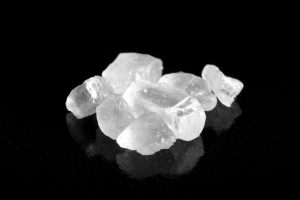
3. Making Edible Sedimentary “Rocks”
When studying the different types of rocks, students can quickly lose track of the characteristics of each type—but not with this fun activity. Not only is this activity engaging, but students are also much more likely to remember an activity that involves food!
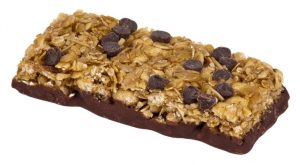 Gather a variety of food materials such as M&Ms, graham crackers, marshmallows, chocolate chips, granola bar ingredients, etc. and place them in a small piece of aluminum foil. Have the kids wrap the foil around the mixture and squeeze tightly until they have a nice solid sedimentary rock of food! Make sure to have children note the changes and forces used to create their “rock”. How does the food look different than before? In what ways is it the same?
Gather a variety of food materials such as M&Ms, graham crackers, marshmallows, chocolate chips, granola bar ingredients, etc. and place them in a small piece of aluminum foil. Have the kids wrap the foil around the mixture and squeeze tightly until they have a nice solid sedimentary rock of food! Make sure to have children note the changes and forces used to create their “rock”. How does the food look different than before? In what ways is it the same?
4. DIY Fossils with Salt Dough
Inevitably, when talking about things that exist in the ground, kids will start to ask about dinosaurs and fossils. This project can help children understand the process through which fossil cavities are formed in stone even after the animal has long since decayed.
Typically, I like to make imprints in salt dough to demonstrate how footprints and shapes may be preserved, but alternatively, you could make the fossils themselves out of the dough. Give the children time to mold the material into different shapes and explore creating different imprints. Set to the side you will have great-looking fossils by the end of the week! Be sure to discuss the rare process through which fossils are formed. Also, how scientists can search the Earth and know which rocks to excavate.
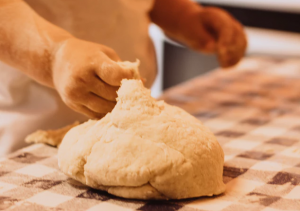
What are some Earth Science projects you remember that got you excited? Leave your suggestions in the comments below! As always, if you have any questions or suggestions about STEM instruction please leave a comment below or email me at VincePrints3D@gmail.com.
Want to bring Earth Science into your classroom? Check out our Earth and Environmental Science products:
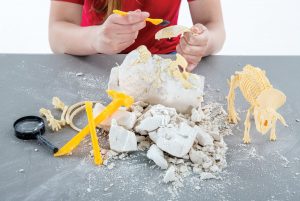

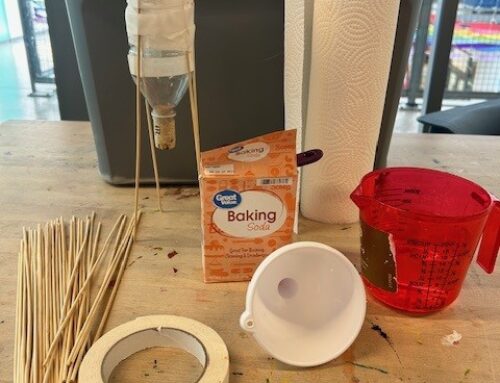

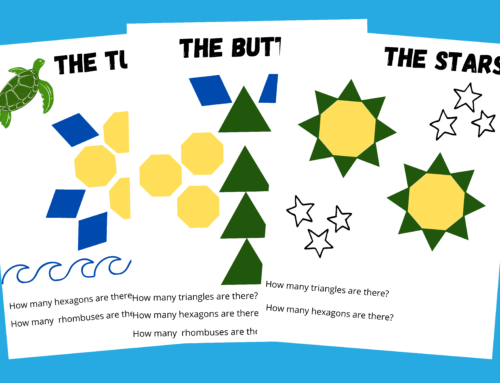

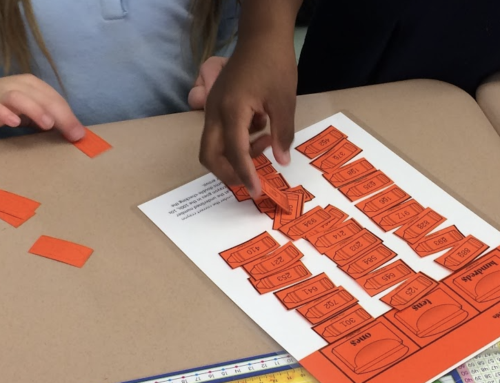

Leave A Comment